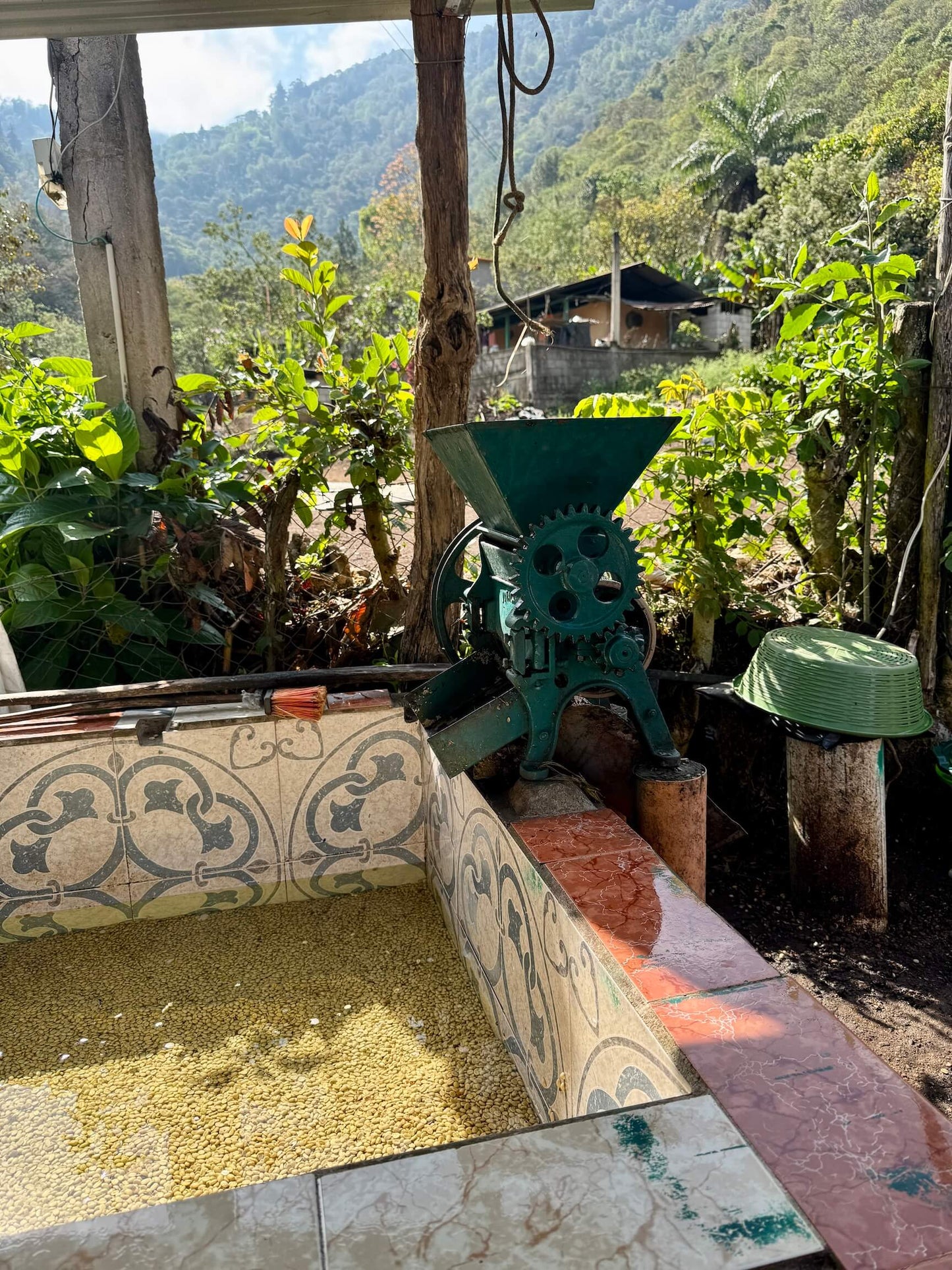Processes
Much of the coffee industry can be described in "waves," or eras of the industry. The "first wave" of coffee is known for unremarkable coffees that were burnt and bitter. Coffee is coffee, and there's no other notes other than the bold bitter taste.
As we entered into the "second wave," the industry started adding flavors to coffee. Roasters were spraying chemcial flavorings on freshly roasted coffee, masking some of the burnt notes and giving them a pungent aroma. This era is also the birth of the heavily-syruped espresso beverages. This is where burnt espresso was covered up by a dessert amount of sugar and steam milk. Some coffee chains still pump out these dessert bevs on the daily.
In the early 2000s, "third wave" coffee roasters started hitting the scene. This is when the craft industry boomed and roasters started paying homage to "the taste of place." It became known, much like wine, coffee tastes different based on where it's grown and how it's processed. Coffee from Ethiopia tasted different than coffee from Colombia, and even certain regions had their own unique qualities. This was in part from the terrior, climate, and the soil; but it also was influenced by the unique varieties that these areas were growing. As the industry progressed and the world became smaller due to access of information and resources, the impact of coffee process became more significant.
The Process- the state in which the coffee is fermented and dried. Arguably the largest influence in the taste of the coffee itself- the process can change the acidic intensity, the body and overall sweetness. The same coffee can be processed in multiple ways, significantly changing the quality. In addition, a coffee can be processed poorly, resulting in over fermented flavors, phenols or stale coffee.
In our travels we've encountered hundreds of way of processing coffee, from using raised beds, to tiled tubs, to concrete tiles, to barrels, greenhouses and tarps on the ground. It's sometimes difficult to navigate and understand which method is being used, but an easy way we've been able to categorize them is the state in which they are dried. If the coffee is dried in full cherry, it is a Natural. If the cherry is peeled before drying, it is a Honey (or Pulped Natural) and if the coffee is washed clean of its fruit content before it is dried, it is a Washed.




